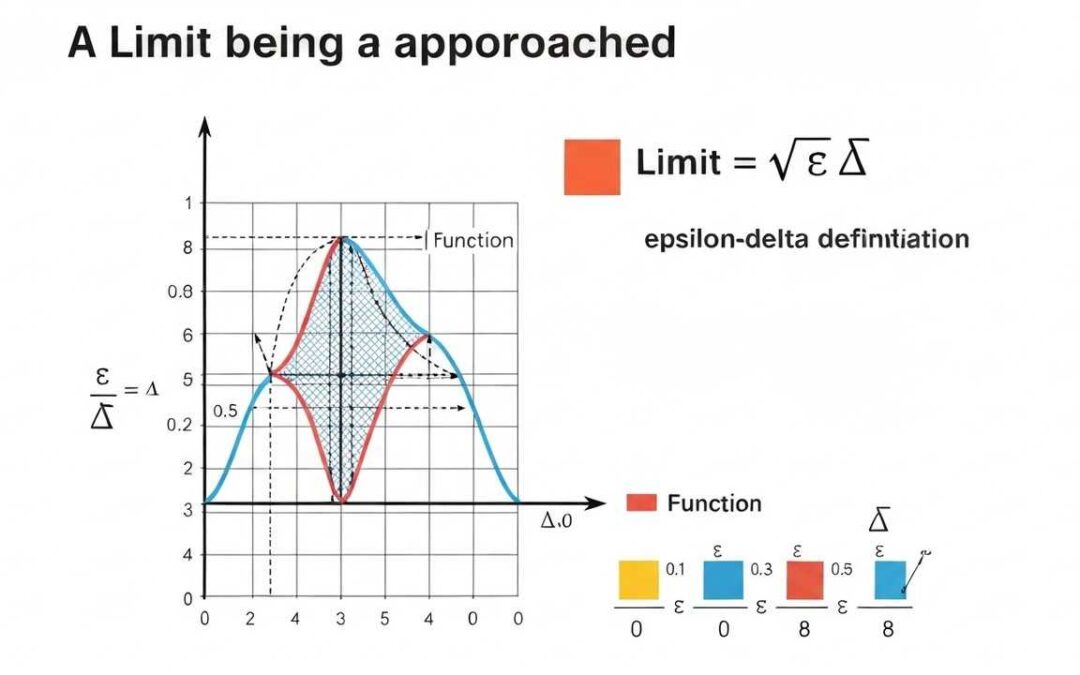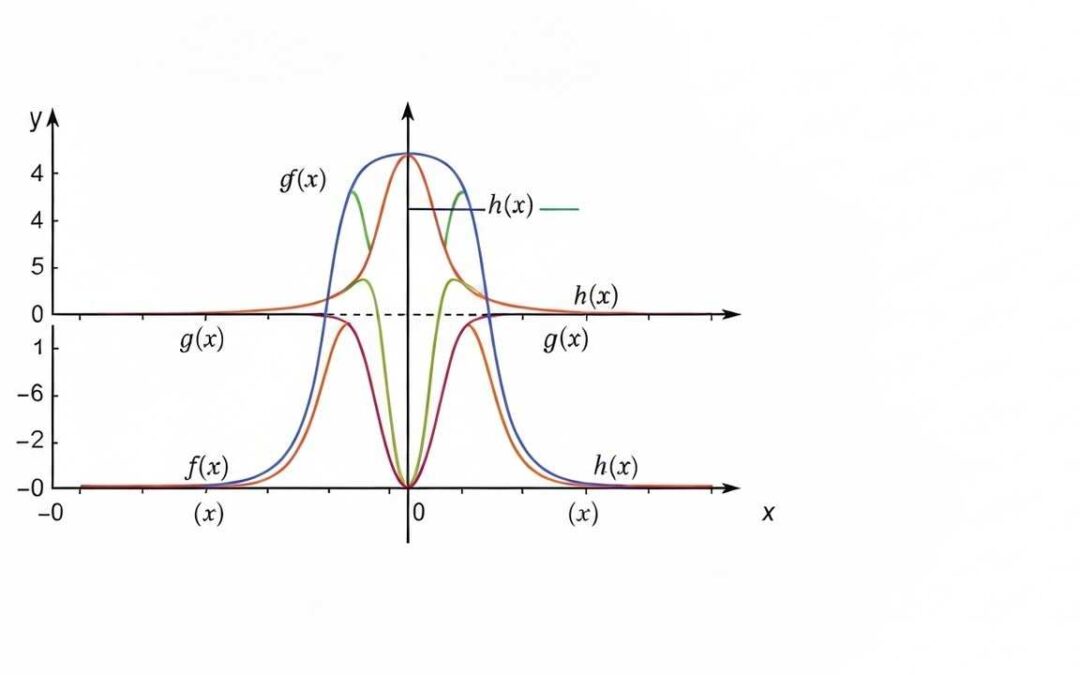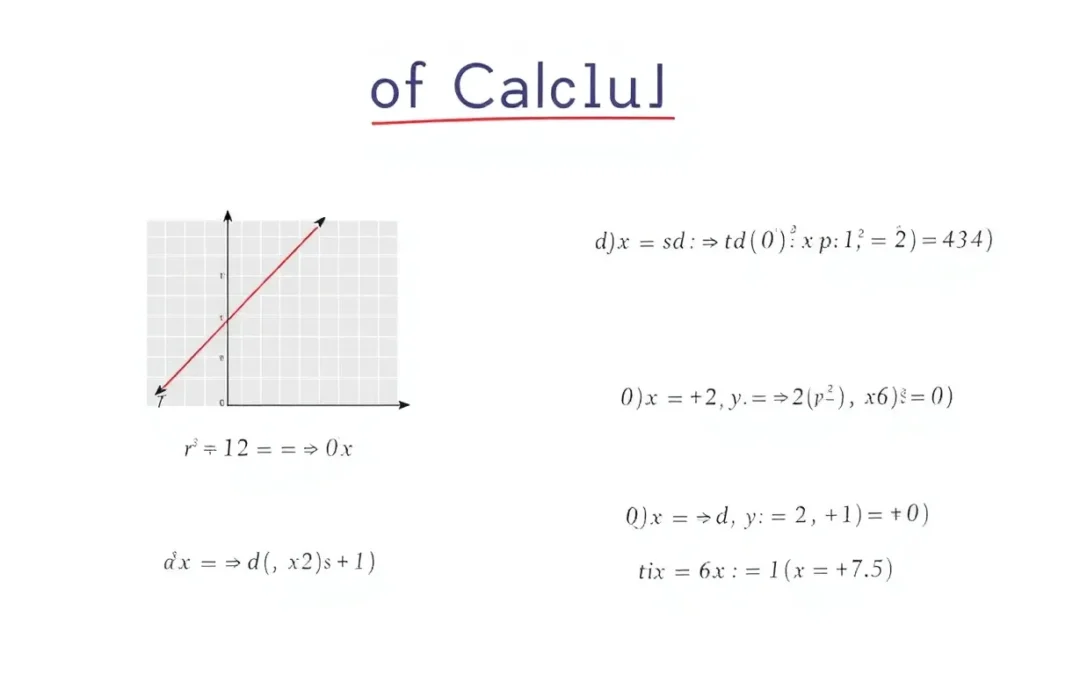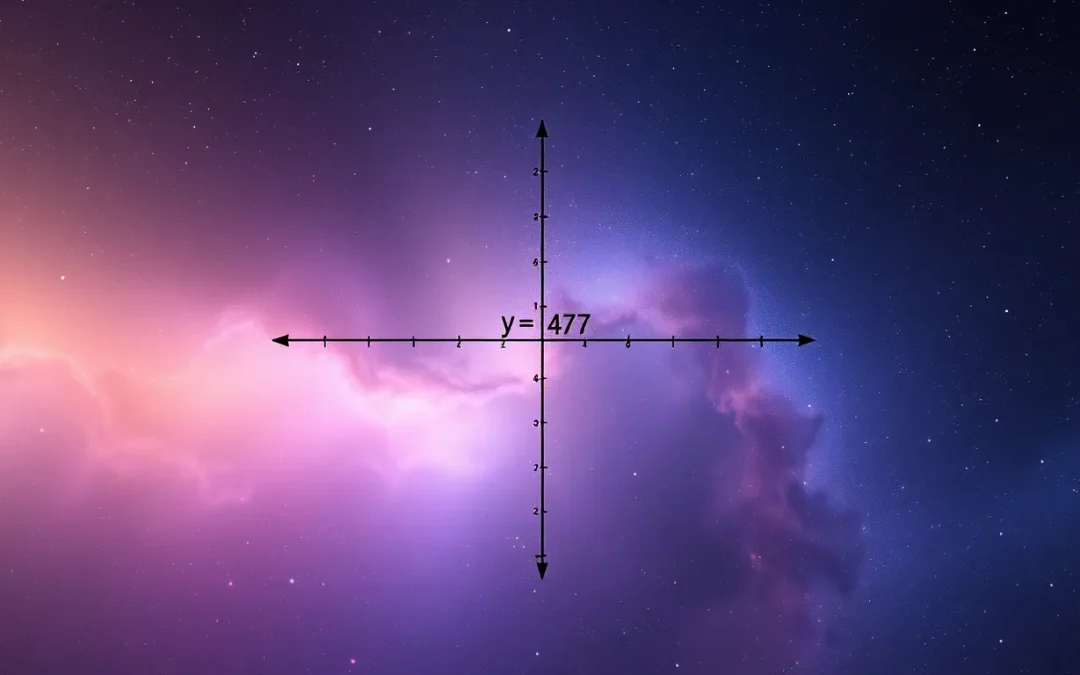5 Basic Problems on Limits just to refresh your mind.
Problem 1
Find the limit:
\( \lim_{x \to 2} (3x – 4) \)
Solution:
To solve this limit, we substitute the value of \(x\) directly because the function is continuous at \(x = 2\).
\[ \lim_{x \to 2} (3x – 4) = 3(2) – 4 = 6 – 4 = 2 \]
Problem 2
Find the limit:
\( \lim_{x \to 0} \frac{\sin x}{x} \)
Solution:
This is a standard limit. The result is known and is based on the squeeze theorem:
\[ \lim_{x \to 0} \frac{\sin x}{x} = 1 \]
Problem 3
Find the limit:
\( \lim_{x \to 3} \frac{x^2 – 9}{x – 3} \)
Solution:
This function is not defined at \(x = 3\), but we can simplify the expression:
\[ \lim_{x \to 3} \frac{x^2 – 9}{x – 3} = \lim_{x \to 3} \frac{(x – 3)(x + 3)}{x – 3} = \lim_{x \to 3} (x + 3) = 6 \]
Problem 4
Find the limit:
\( \lim_{x \to \infty} \frac{2x^2 + 3}{x^2 – 5} \)
Solution:
For limits at infinity, divide every term by the highest power of \(x\) in the denominator:
\[ \lim_{x \to \infty} \frac{2x^2 + 3}{x^2 – 5} = \lim_{x \to \infty} \frac{2 + \frac{3}{x^2}}{1 – \frac{5}{x^2}} = \frac{2}{1} = 2 \]
Problem 5
Find the limit:
\( \lim_{x \to -\infty} \frac{4x^3 – x}{2x^3 + 5x^2} \)
Solution:
Again, divide every term by the highest power of \(x\) in the denominator:
\[ \lim_{x \to -\infty} \frac{4x^3 – x}{2x^3 + 5x^2} = \lim_{x \to -\infty} \frac{4 – \frac{1}{x^2}}{2 + \frac{5}{x}} = \frac{4}{2} = 2 \]








0 Comments